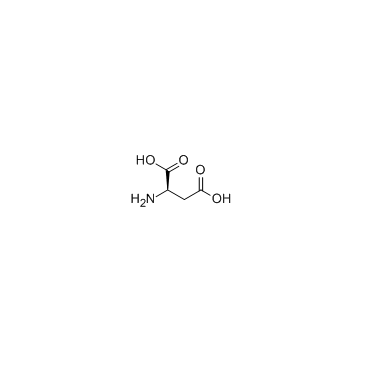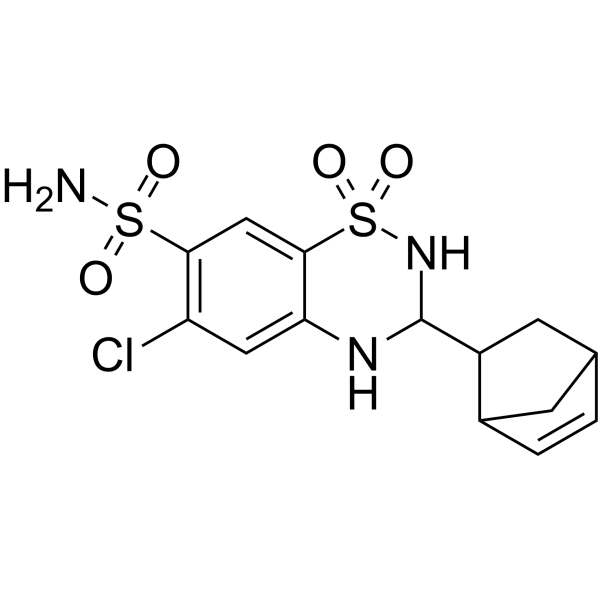Hippocampal AMPA autoreceptors positively coupled to NMDA autoreceptors traffic in a constitutive manner and undergo adaptative changes following enriched environment training.
Maria Summa, Silvia Di Prisco, Massimo Grilli, Mario Marchi, Anna Pittaluga
Index: Neuropharmacology 61(8) , 1282-90, (2011)
Full Text: HTML
Abstract
α-Amino-3-hydroxy-5-methyl-4-isoxazole propionate (AMPA) autoreceptors exist on glutamate hippocampal terminals. Aimed at investigating whether these autoreceptors traffic constitutively, (S)AMPA-evoked [(3)H]D-ASP release from synaptosomes enriched with peptides that impede the interaction of GluA2 subunits with cytosolic proteins involved in receptor movements [namely Glutamate Receptor-Interacting Protein (GRIP), Protein Interacting with C kinase 1 (PICK1), N-ethyl-maleimide-Sensitive Fusion protein NSF proteins] was monitored. (S)AMPA alone had no effect on the spontaneous release of [(3)H]D-ASP from control synaptosomes, but became efficacious in the presence of cyclothiazide or when preventing GluA2/GRIP/PICK1, but not GluA2/NSF, interaction. Hippocampal glutamatergic terminals also possess NMDA autoreceptors. 10 μM NMDA/1 μM glycine-induced [(3)H]D-ASP release was concentration-dependently increased by (S)AMPA. Cyclothiazide potentiated the 10 μM NMDA/1 μM glycine/50 μM (S)AMPA-induced [(3)H]D-ASP overflow, while NBQX halved and MK-801 abolished it, suggesting NMDA-AMPA autoreceptor cross-talk. Western Blot analysis of sub-synaptic fractions confirmed presynaptic GluN2B-GluA2/3 co-localization. Impeding GluA2/GRIP/PICK1 interaction facilitated the NMDA/glycine/(S)AMPA-induced release of [(3)H]D-ASP, while competing for GluA2/NSF interaction reduced it, indicating that NMDA receptor favours AMPA receptor insertion in synaptosomal plasmamembranes. Finally, rearing mice in enriched environment unveiled the (S)AMPA-induced release of [(3)H]D-ASP, but leaved unmodified that caused by NMDA/glycine. The NBQX-sensitive, 50 μM (S)AMPA-evoked release of [(3)H]D-ASP was insensitive to cyclothiazide and to peptide interfering with GluA2/GRIP/PICK1 interaction but was addictive to that caused by NMDA/glycine. Presynaptic GluA2/3 immunoreactivity in EE hippocampal terminals was increased, while GluN2B was unchanged. We conclude that hippocampal AMPA autoreceptors positively coupled to NMDA autoreceptors traffic in a constitutive manner and undergo functional up-regulation in EE animals.Copyright © 2011 Elsevier Ltd. All rights reserved.
Related Compounds
| Structure | Name/CAS No. | Molecular Formula | Articles |
|---|---|---|---|
 |
H-D-Asp-OH
CAS:1783-96-6 |
C4H7NO4 | |
 |
Cyclothiazide
CAS:2259-96-3 |
C14H16ClN3O4S2 |
|
Coupling substrate and ion binding to extracellular gate of ...
2007-01-25 [Nature 445 , 387-93, (2007)] |
|
Oral administration of D-aspartate, but not L-aspartate, dep...
2014-07-25 [Life Sci. 109(1) , 65-71, (2014)] |
|
Okibacterium endophyticum sp. nov., a novel endophytic actin...
2015-03-01 [Antonie van Leeuwenhoek 107(3) , 835-43, (2015)] |
|
The prostaglandin EP1 receptor potentiates kainate receptor ...
2014-10-01 [Neurobiol. Dis. 70 , 74-89, (2014)] |
|
D-Aspartate acts as a signaling molecule in nervous and neur...
2012-11-01 [Amino Acids 43(5) , 1873-86, (2012)] |